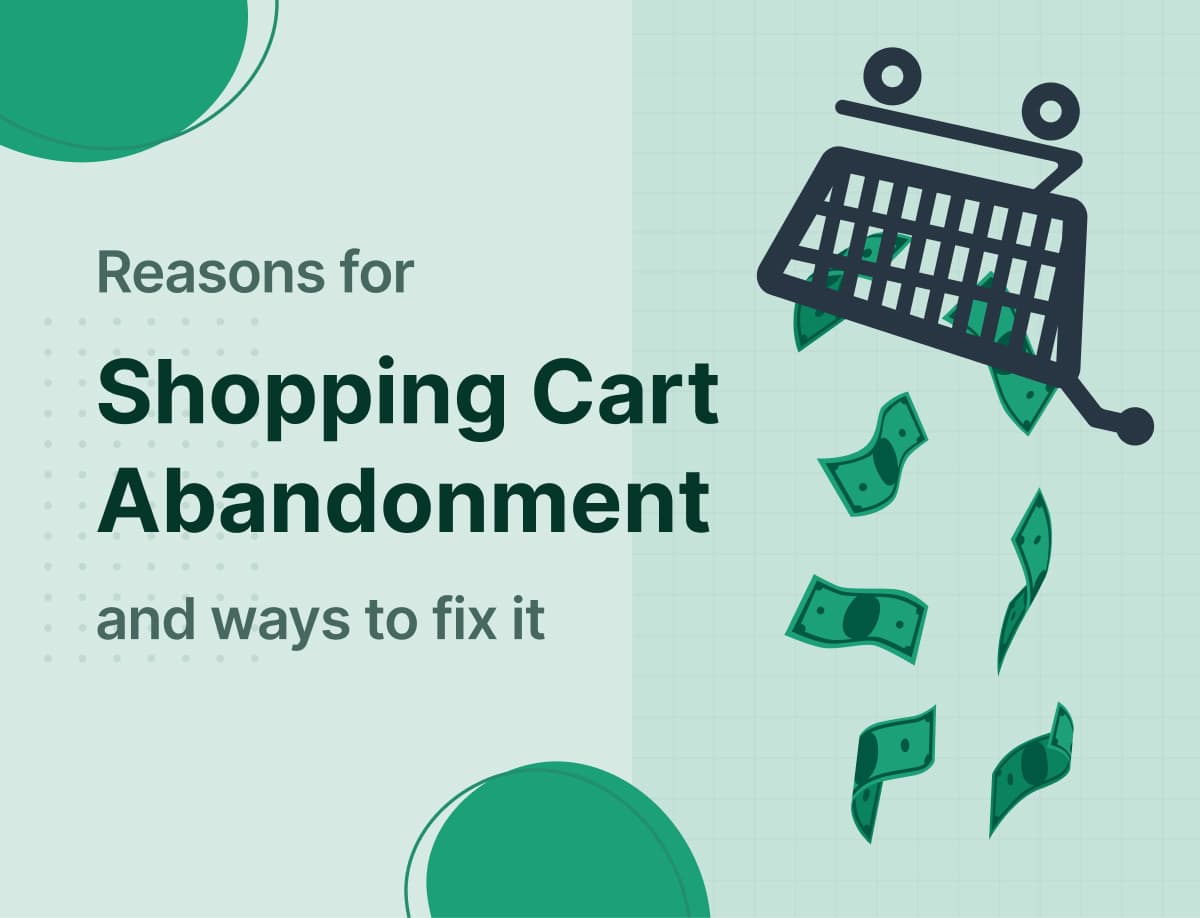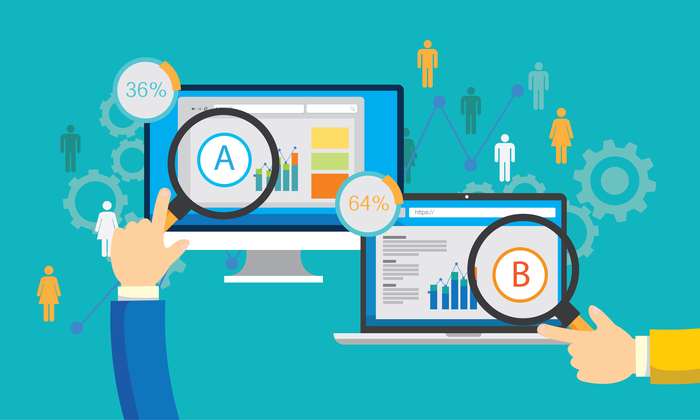One of the biggest trends in web and UX design today is sustainability. Companies that want to reduce their environmental impact while also appealing to today’s more eco-conscious consumers are adopting sustainable design practices. However, not everyone is on board.
Some believe that sustainable web design can interfere with UX by use of lower-quality design elements. Companies are concerned that, in an effort to be more environmentally friendly, they will have to make compromises that will negatively impact their business. Though this is a valid concern, it is ultimately untrue.
There is no need to sacrifice UX to achieve sustainability in your web design. In fact, if done well, sustainable web design can enhance the user experience by providing a more accessible website with faster loading times — and the more accessible and usable your site is, the more you will retain loyal customers and gain new ones.
What is Sustainable Web Design?
Though the internet is digital, it still uses energy that emits high amounts of CO2 into the atmosphere. Websites are powered by servers, and servers are powered by electricity, which burns up fossil fuels. This results in the internet and other digital systems accounting for 3.7% of all global greenhouse gas emissions.
With energy and resource consumption being a global crisis and consumers demanding brands that are more eco-conscious, companies are realizing the necessity of sustainable web design. But with sustainable web design being a new trend, some are still confused about what it is exactly and how it can benefit their business.
Essentially, sustainable web design aims to create websites that use as little energy as possible. This means using fewer design elements and coding websites to optimize processes and reduce load times, so users don’t waste as much time and energy browsing and accessing what they need.
Why Sustainable Web Design is Important
People are using the internet now more than ever before. With remote work trends on the rise, in particular, sustainable web design practices are crucial to make the digital world both more accessible and more sustainable. With more and more people working from home and even others turning more towards e-commerce to find and purchase what they need, the energy consumption of the internet will only continue to increase and contribute to carbon emissions.
How UX Design and Sustainability Work Together
From a general standpoint, sustainable web design may seem like you have to compromise your UX by creating a site that is “less,” but in reality, sustainable web design and UX go hand in hand. The goal of UX design is to create a quality experience for users. It’s all about how they access, experience, and interact with your design — or more simply put — it’s the look, the feel, and the ease of use.
Even without thinking about sustainability, good UX design requires usability, accessibility, and desirability. If your design is too complicated and there is too much distraction, users will have a negative experience. And if they can’t easily find and access what they need on your site, and if pages take too long to load, they will get frustrated, which will ultimately impact your business. So the goal is to create a clean, simple, and aesthetically pleasing design that appeals to users and enables them to quickly access what they need — all of which are basic elements of sustainable web design.
What Designers Can Do to Create a Sustainable UX Design
An experienced and quality designer should know how to create a sustainable design that doesn’t negatively affect UX. The same elements you would consider to create a usable and accessible site are the same elements you should consider when creating a sustainably designed website.
Questions designers can ask themselves to ensure they are providing sustainability and quality UX includes:
- Is the design solving a problem? When designing a site, you should consider what solution it provides to your customer. Does the design enable them to accomplish their goal? The easier and faster a user can get what they need, the better the user experience and the more sustainable the design.
- Is the design accessible? This question is similar to the one above but is more about finding and navigating a site versus providing a solution for goal accomplishment. How quickly can users access and navigate your site? If your site is hard to find and is confusing to navigate once they get there, they will end up wasting time and using more energy.
- What design elements are necessary? If your website has too many large files or too many pages, it will take a while to load. Not everyone has access to fast internet speeds. Quality and sustainable UX is about creating a design that still looks good, but gets rid of unnecessary elements, especially those that take too long to load. Even if your site looks great and seems professional, if it takes too long to load, users won’t be pleased.
Sustainability is a Business Risk Worth Taking
As with any new trend, there is always a risk that it might not work out for your business. However, it is likely that sustainable web and UX design will go beyond that of a trend and will become a necessity for companies that want to stay in business. Though federal mandates on sustainable websites are potentially a ways off, consumers are demanding sustainable brands. This means making sustainable design changes is worth the risk if you don’t want to lose your loyal customers.
Of course, deciding what changes to make and what risks are right for your business requires a lot of thought and consideration. Understanding and managing business risks is a part of the game for any company. When it comes to technology risks like sustainable web design, it may require offsets to avoid losing money. For example, if you are concerned that your sustainable web design will negatively impact UX, you may need to increase user testing and accept more feedback to make changes where needed to continue delivering a quality experience.
Final Thoughts
There are various UX design trends that come and go. Some trends are worth the time and the effort, while others might feel like too much of a risk. It’s important for businesses to assess their needs and their capabilities to avoid making changes that can cost them too much. Not all business risks are good ones.
However, sustainable web design is a trend that is likely here to stay. Climate change is a global issue, and as such, we will only continue to see conservation efforts and sustainable practices increase across all industries. Implementing sustainable web design practices doesn’t have to compromise your UX, and making these changes now will ensure that your business isn’t left behind.
![]() Give feedback about this article
Give feedback about this article
Were sorry to hear about that, give us a chance to improve.








